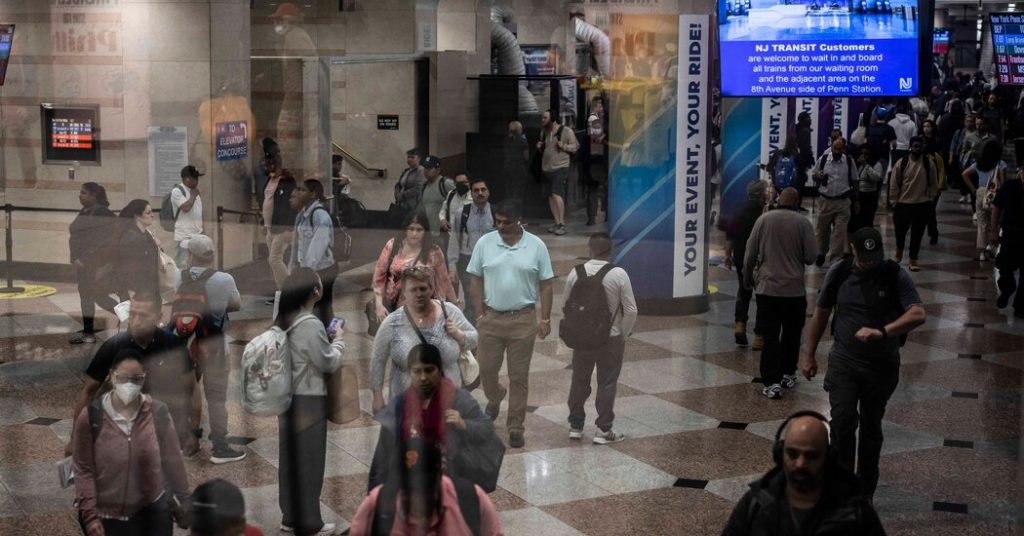A significant disruption to train service occurred on a Wednesday evening rush hour when an overhead wire fell in Kearny, N.J., causing a “blowout” that halted Amtrak and New Jersey Transit trains between Pennsylvania Station in Manhattan and Newark. Commuters faced long delays, resulting in many resorting to ride-hail services to get home. Service was restored after 10 p.m., with residual effects impacting Thursday morning’s commute as well. The cause of the wire break remained unknown, but it was believed to be unrelated to a previous issue in a Hudson tunnel earlier in the week.
Decades of underinvestment in the rail system were identified as a major contributor to such infrastructure failures. Amtrak’s lack of sufficient federal funding led to a backlog of maintenance issues. Recent efforts to improve the corridor were ongoing but faced significant challenges due to the infrastructure’s age and complexity. The Gateway project, aimed at eliminating bottlenecks and adding a two-track tunnel under the Hudson, was seen as a solution to the ongoing issues. However, the project’s estimated completion time of at least a decade highlighted the urgent need for immediate improvements.
The impact of Amtrak’s problems on New Jersey Transit was significant due to the former owning the busiest segment of tracks connecting to New York City. This reliance on Amtrak infrastructure left many New Jersey commuters stranded during disruptions. Governor Philip D. Murphy expressed frustration in a letter to Amtrak, demanding more investment and updated emergency management plans. While New Jersey Transit had alternative options such as terminals in Hoboken served by PATH trains and ferries, long-term solutions to the ongoing transit challenges were needed.
The history of attempts to address the transit issues included a canceled second rail tunnel project under the Hudson initiated over 15 years ago. The current Gateway project aimed to increase capacity across the Hudson and at Penn Station through various components, including replacing bridges and adding tracks. The completion of the Gateway project was seen as crucial in providing alternatives for commuters during disruptions and increasing overall system resilience. The project’s cost was to be split between federal, state, and local governments, with the Gateway Development Commission overseeing the progress.
The completion of the Gateway project could lead to significant improvements in system capacity and reliability, ultimately reducing the impact of infrastructure failures on commuters. The long-term solution to ongoing transit challenges was seen as crucial in ensuring the efficiency of the rail system in the New York metropolitan area. Urgent action was required to address the backlog of maintenance issues and modernize the aging infrastructure to prevent future disruptions and provide a reliable transportation system for commuters.


